Lettuce Salad Recipe
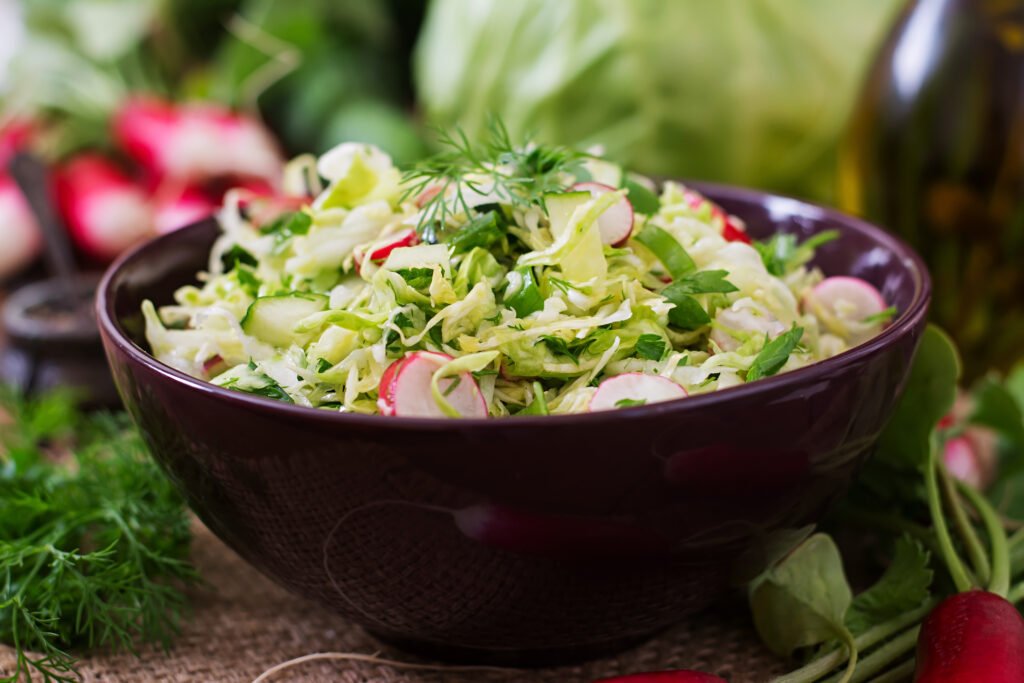
Looking for a quick, healthy, and refreshing salad recipe? This Lettuce Salad made with hydroponically grown greens from TechieKisan is your perfect choice! Packed with nutrition, crisp texture, and garden-fresh flavor, this soil-free salad is ideal for lunch, dinner, or a light snack. Why Hydroponic Lettuce Makes a Difference TechieKisan’s hydroponic lettuce is: Ingredients for the Perfect Lettuce Salad 1 cup Hydroponic Lettuce Leaves (TechieKisan Fresh) Slice 1 medium Cucumber into thin rounds Julienne 1 medium Carrot for added crunch ¼ cup Red Onion Slices 6–8 Cherry Tomatoes, halved 1 tbsp Olive Oil 1 tbsp Fresh Lemon Juice A pinch of Salt ½ tsp Black Pepper How to Make Lettuce Salad – Step-by-Step Step 1: Prep the Lettuce Gently wash and dry fresh hydroponic lettuce from TechieKisan. Tear into bite-size pieces and place in a bowl. Step 2: Add Veggies Add sliced cucumbers, carrots, onions, and cherry tomatoes. Step 3: Mix the Dressing In a small bowl, combine olive oil, lemon juice, salt, and pepper. Step 4: Toss It All Together Pour dressing over the veggies and lettuce. Toss gently to mix. Step 5: Serve Fresh Serve immediately and enjoy your clean, crunchy lettuce salad! Health Benefits of This Lettuce Salad Supports digestion Low in calories High in vitamins A, C & K Helps hydrate the body Pesticide-free and soil-free Where to Buy Hydroponic Lettuce? Order fresh lettuce and other greens like basil, parsley, microgreens from TechieKisan now!🌐 Visit: www.techiekisan.com📞 Call/WhatsApp: 7982932195 Final Thoughts This Lettuce Salad is more than just a dish—it’s a clean-eating lifestyle. Whether you’re a health nut or just starting your wellness journey, this simple and fresh recipe is perfect for you. Follow us on Instagram @techiekisan for more recipes and healthy tips!
Hydroponic Detox Mix Salad
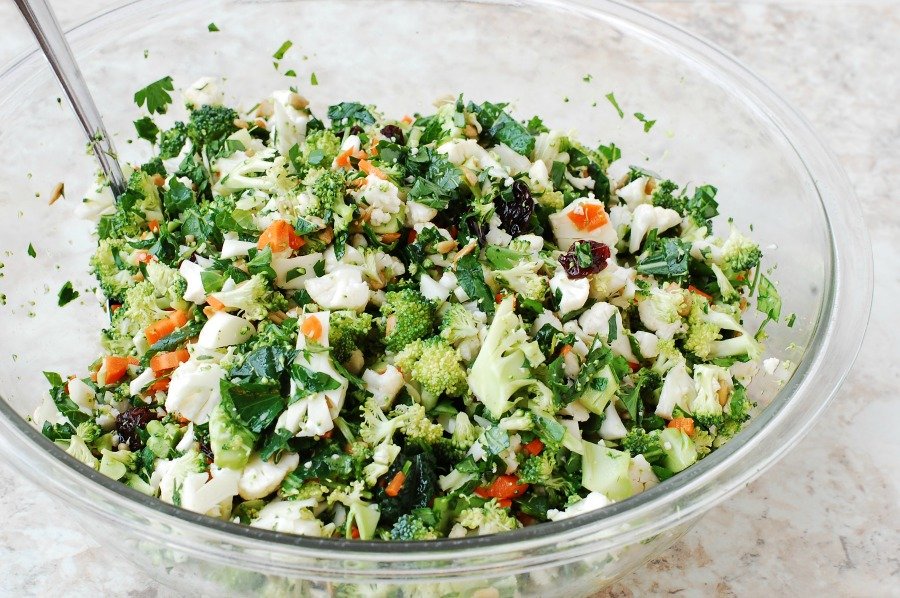
Are you looking for a fresh, healthy, and detoxifying salad that’s easy to make at home? This Farm-Fresh Detox Mix Salad is exactly what you need! We make it using hydroponically grown vegetables like red leaf lettuce and parsley, along with freshly grated carrots and a splash of lemon juice. This simple salad is not only nutritious but also light, refreshing, and perfect for daily detox. In this blog, we’ll guide you through the step-by-step process of making this delicious detox mix salad using farm-fresh hydroponic produce. Whether you’re on a weight-loss journey, looking to eat clean, or simply want to enjoy a quick and healthy meal, this recipe is a must-try! Why Choose Hydroponic Ingredients? Before we dive into the recipe, let’s understand why hydroponic vegetables are the best choice for a detox salad. By using hydroponic red leaf lettuce, carrots, and parsley, you’re choosing cleaner, greener, and healthier ingredients for your salad. Ingredients for Farm-Fresh Detox Mix Salad Here’s what you need to prepare this light and healthy salad: Main Ingredients 1 bunch of red leaf lettuce (hydroponic, fresh and crisp) 1 medium carrot, peeled and grated 2 tablespoons of fresh parsley, finely chopped (preferably hydroponic) Juice of 1 lemon (freshly squeezed) 1 tablespoon olive oil (optional for dressing) Salt and black pepper to taste Step-by-Step Recipe: How to Make Detox Mix Salad Step 1: Wash the Vegetables Start by washing the hydroponic red leaf lettuce under cool, running water. Since it’s hydroponically grown, it’s usually cleaner than soil-grown lettuce. However, a quick rinse helps remove any dust. Gently pat it dry with a kitchen towel or use a salad spinner to remove excess water. Step 2: Tear the Lettuce Take the red leaf lettuce and tear it into bite-sized pieces using your hands. Avoid cutting with a knife, as tearing helps preserve the natural structure and prevents browning. Place the torn lettuce in a large mixing bowl. Step 3: Grate the Carrot Peel the carrot and grate it using a medium grater. Freshly grated carrot adds crunch, natural sweetness, and a bright color to the salad. Add the grated carrot to the bowl with lettuce. Step 4: Chop the Parsley Finely chop the hydroponic parsley. Parsley is a powerful detox herb that helps cleanse the kidneys and supports digestion. Sprinkle the chopped parsley over the lettuce and carrot mix. Step 5: Make the Lemon Dressing In a small bowl, squeeze the juice of one fresh lemon. Add a tablespoon of olive oil (optional) and a pinch of salt and black pepper. Mix well. This dressing adds a zesty and refreshing flavor to the salad while supporting liver detox. Step 6: Toss the Salad Pour the lemon dressing over the salad mixture. Gently toss everything together using salad tongs or clean hands. Make sure the dressing is evenly coated across all the vegetables. Step 7: Serve Fresh Serve the detox salad immediately for the best taste and texture. It pairs well with grilled chicken, fish, or can be eaten alone as a light meal or side dish. Health Benefits of This Detox Mix Salad
Greens Chicken Salad

A protein-packed delight made with grilled chicken, hydroponic lettuce, basil, and parsley – fresh from the TechieKisan farm. Introduction – In today’s fast-paced world, eating healthy has become more important than ever. If you’re looking for a meal that’s quick, nutritious, and bursting with freshness, the TechieKisan Power Greens Chicken Salad is the perfect choice. This salad is made using hydroponically grown lettuce, basil, and parsley – harvested straight from the TechieKisan vertical farming setup. Not only is it packed with protein from grilled chicken, but it also includes the clean, pesticide-free goodness of fresh hydroponic greens. Let’s walk you through a simple, step-by-step guide to making this delicious salad right at home. Whether you’re a beginner or a kitchen pro, you’ll find this recipe easy to follow and fun to make. Ingredients List – Here are the ingredients you’ll need for two servings: Fresh Hydroponic Greens (from TechieKisan) 2 cups of mixed hydroponic lettuce (romaine, iceberg, or red leaf) 1 handful of hydroponic basil leaves 2 tablespoons of hydroponic parsley, finely chopped Protein 1 medium-sized chicken breast, grilled or boiled, cut into cubes Other Veggies Slice 1 small cucumber. Dice 1 small tomato. Thinly slice 1 small onion. ½ cup bell peppers (red or yellow), chopped Salad Dressing 1 tablespoon extra virgin olive oil 1 teaspoon lemon juice or apple cider vinegar Salt and black pepper to taste Optional: A pinch of mustard or honey for added flavor Step-by-Step Preparation – Step 1: Wash and Prepare the Hydroponic Greens Start by washing all your TechieKisan hydroponic produce under cold water. Even though hydroponic vegetables are grown without soil, it’s always good to rinse them lightly to remove any dust. Tip: Use a salad spinner or pat the greens dry with a clean kitchen towel to remove extra water. This keeps your salad crisp. Step 2: Prepare the Chicken If you haven’t already cooked the chicken, follow these quick steps: You can also boil the chicken if you prefer a lighter option. Step 3: Chop the Additional Veggies While the chicken is cooling, chop the cucumber, tomato, onion, and bell peppers. These veggies add crunch, color, and nutrition to your salad. Step 4: Make the Dressing In a small bowl, combine the following: Mix well until the dressing is smooth and slightly thick. Step 5: Assemble the Salad Now comes the fun part – putting it all together! Step 6: Serve and Enjoy Transfer the salad to a serving plate or bowl. Garnish with extra basil or parsley if desired. You can also serve it with: Health Benefits of This Salad Why Use Hydroponic Greens from TechieKisan? Hydroponic farming is the future of agriculture. At TechieKisan, we grow all our greens in clean, water-efficient vertical farms using advanced hydroponic nutrient solutions. Benefits of TechieKisan Hydroponic Greens: Final Thoughts The TechieKisan Power Greens Chicken Salad is more than just a dish – it’s a celebration of clean farming, healthy eating, and delicious flavors. Whether you’re looking to lose weight, build muscle, or just enjoy a healthy meal, this salad is a perfect choice. Try this recipe today and experience the farm-fresh magic of hydroponic vegetables at home! Stay Connected For more recipes and updates on hydroponic farming, visit www.techiekisan.com or follow us on Instagram @techiekisan.Have questions or want to place an order? Call us at 7982932195.
NFT vs DWC: Which Hydroponic System is Best for Indian Climate?
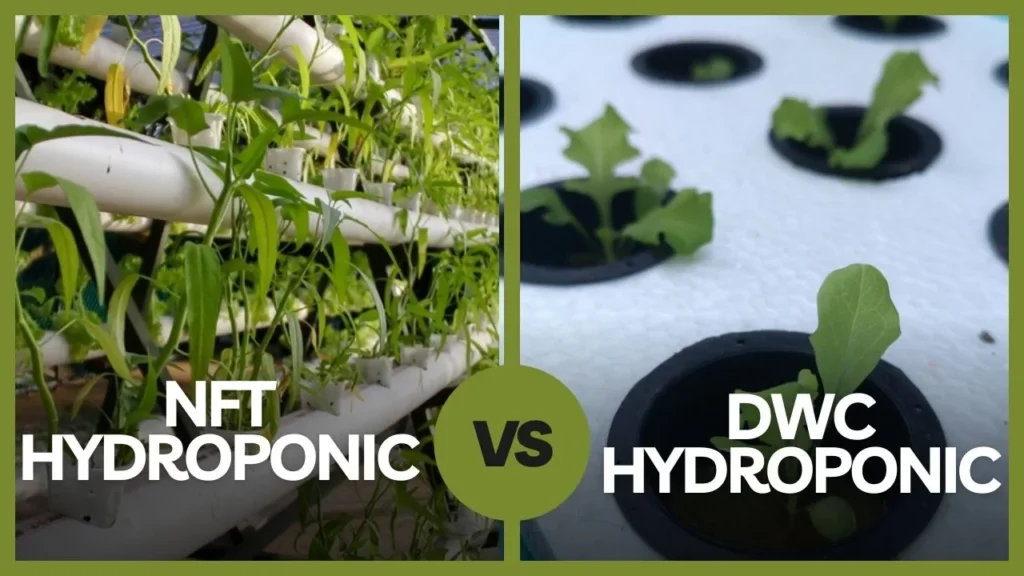
Hydroponic systems in India, NFT vs DWC hydroponics, Indian hydroponic farming, best hydroponic method for India, hydroponic cost comparison, soilless farming in India. Hydroponic farming is rapidly gaining popularity in India as farmers and entrepreneurs look for soilless, space-saving, and water-efficient methods to grow vegetables. Two of the most commonly used systems in hydroponics are the Nutrient Film Technique (NFT) and Deep Water Culture (DWC). But here’s the big question:Which hydroponic system is better for Indian climate – NFT or DWC? In this blog, we will compare NFT vs DWC in simple terms so you can choose the best hydroponic method for your setup, budget, and climate. What is NFT (Nutrient Film Technique)? NFT stands for Nutrient Film Technique. In this system, a thin film of nutrient-rich water continuously flows over the plant roots. The roots absorb the nutrients while getting plenty of oxygen from the air. Best for: Leafy vegetables like lettuce, spinach, coriander, mint, and herbs Works well in: Controlled indoor farms or polyhouses with moderate climate What is DWC (Deep Water Culture)? DWC stands for Deep Water Culture. In this method, plant roots are suspended in a tank full of nutrient solution. An air pump provides oxygen so the roots don’t suffocate. Best for: Lettuce, kale, basil, and fast-growing greens Works well in: Cooler regions or areas with proper ventilation and stable temperature Comparison Table: NFT vs DWC Feature NFT (Nutrient Film Technique) DWC (Deep Water Culture) Water Usage Less water, continuous flow More water, but reused Oxygen Supply Natural from air + flowing water Needs air pump Temperature Sensitivity Can overheat in high temperature Water heats up easily – needs care Power Dependency High – water pump must run always Moderate – air pump required Plant Support Net pots in channels Floating rafts or net pots Best for Indian Use Indoor or shaded setup Cooler or controlled climate Ease of Maintenance Moderate Easy for beginners Crop Variety Mainly leafy greens Leafy + some fruiting plants Scalability Highly scalable Moderate scalability Pros & Cons of NFT Hydroponics ✅ Pros – Uses very less water Faster plant growth due to constant nutrient supply Clean and neat system – easy to install indoors Ideal for commercial scale farming ❌ Cons – Pros & Cons of DWC Hydroponics ✅ Pros – Easy to set up at home or small farms Roots stay submerged = constant nutrition Works without soil and minimal maintenance Great for beginners and hobby growers ❌ Cons – Which System is Best for Indian Climate? 🌞 If you live in a hot climate (like Rajasthan, Delhi, Haryana, Gujarat): NFT is better in a polyhouse or indoor setup with proper shade. DWC may overheat unless you cool the water. 🌧️ If you live in a cooler or hilly region (like Himachal, Uttarakhand, North East): DWC can work well with little temperature management. Both systems are suitable if temperature is stable. 🏠 If you’re growing hydroponics at home: DWC is easier and more budget-friendly. You can start with plastic tubs, net pots, and an aquarium air pump. Conclusion – Both NFT and DWC are excellent systems for hydroponic farming in India, but your choice depends on your: 👉 Go for NFT if: 👉 Go for DWC if: Final Tip from TechieKisan 💡 Whichever system you choose, always monitor water temperature, pH level, and nutrient mix. Even the best hydroponic system won’t give good results without proper care. FAQs (Frequently Asked Questions) – Can I grow tomatoes and cucumbers in NFT or DWC? Which is cheaper for beginners in India? Do I need electricity for both systems?
Revolutionizing Farming: How Hydroponics is Changing the Future of Agriculture
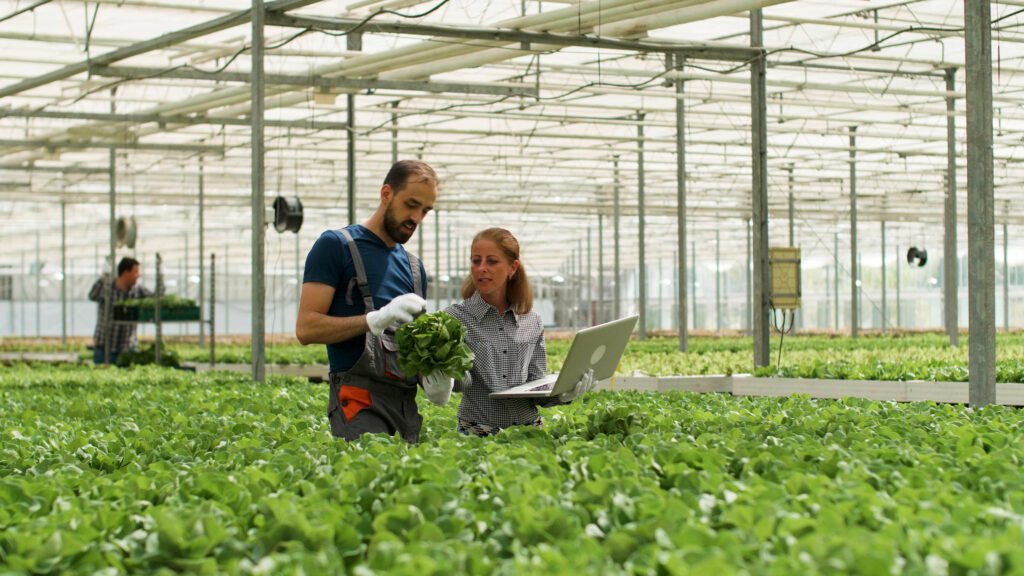
In today’s fast-paced world, where food security is a growing concern, hydroponic farming is emerging as the game-changer in modern agriculture. Imagine growing fresh, pesticide-free vegetables without soil and in less space—sounds futuristic, right? Well, it’s happening right now, and you can be a part of this revolution! What is Hydroponic Farming? Hydroponic farming is a soilless farming technique where plants are grown using nutrient-rich water. This innovative farming method not only saves water but also produces chemical-free vegetables that are fresher, healthier, and grow faster than traditional soil-based crops. Why is Hydroponic Farming the Future? The Rise of TechieKisan’s Hydroponic Solutions At TechieKisan, we provide high-quality hydroponic farming solutions for beginners, urban gardeners, and commercial farmers. Our hydroponic setups are designed to help you grow fresh, nutrient-rich vegetables in your home or business with minimal effort. Best Crops to Grow in Hydroponics If you’re wondering what crops thrive in a hydroponic system, here are the top picks: How You Can Start Hydroponic Farming Today Starting your own hydroponic farm is easier than you think! With TechieKisan’s expert guidance, you can set up your hydroponic system at home or on a commercial scale. Whether you’re interested in small-scale farming or want to expand into a commercial hydroponic setup, we have the right solutions for you. The Future is Green – Join the Hydroponic Revolution! Hydroponics is more than just a trend—it’s the future of farming. With rising demand for organic, chemical-free vegetables, there’s never been a better time to explore smart farming techniques like hydroponics. Be a part of the sustainable agriculture movement with TechieKisan! Ready to start your hydroponic journey? Contact us today at 7982932195 and let’s grow the future together!
Why Hydroponics is the Future of Farming
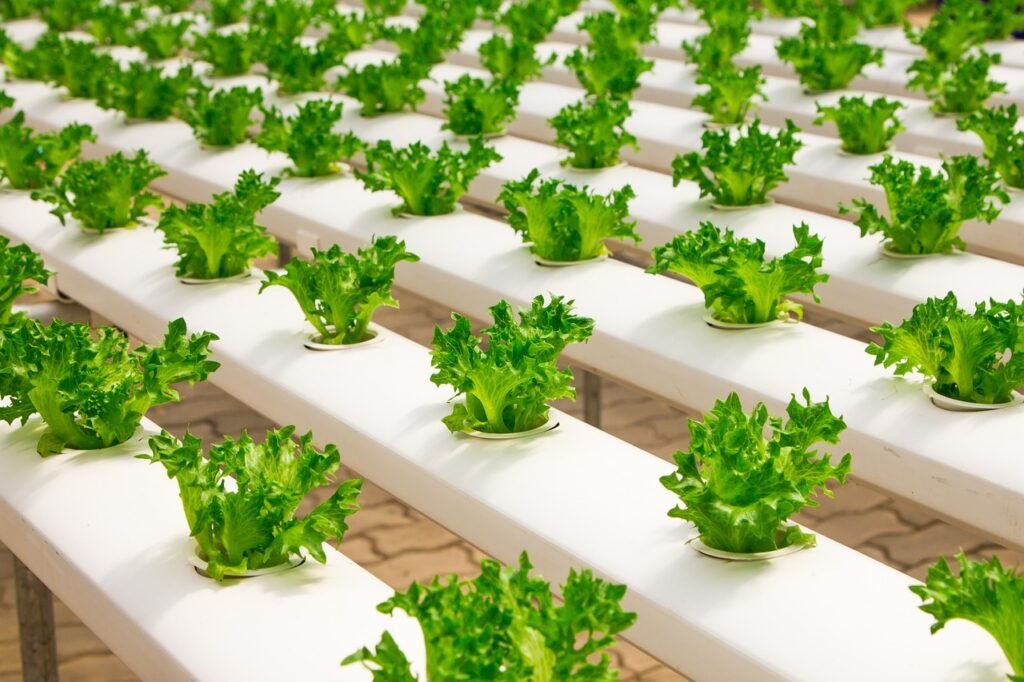
In today’s world, agriculture faces many challenges. Traditional farming methods often rely onlarge amounts of water, space, and chemicals to grow crops. However, hydroponics offers arevolutionary solution to these problems, making it the farming of the future. Hydroponic farmingis a method of growing plants without soil, using nutrient-rich water instead. This innovativetechnique has the potential to change how we grow fresh vegetables and other crops, providinga more sustainable and efficient way to feed the world. What is Hydroponic Farming? Hydroponic farming is a modern agricultural technique where plants grow in water that containsessential nutrients. Unlike traditional farming, hydroponics doesn’t require soil. Instead, plantsget their nutrients directly from the water, which is carefully monitored to provide the perfectgrowing conditions. This method allows farmers to grow crops faster, use less water, and avoidthe use of harmful chemicals. Fresh vegetables like lettuce, spinach, and tomatoes thrive inhydroponic systems, making it a popular choice for growing healthy, chemical-free produce. Benefits of Hydroponic Farming Hydroponics offers numerous benefits compared to traditional agriculture. These include: Hydroponics and the Future of Agriculture As the global population continues to grow, the demand for food will increase. Traditionalfarming methods may struggle to meet this demand due to limited resources like water andland. Hydroponic farming offers a sustainable solution. By using less water and space,hydroponics can produce fresh vegetables efficiently, even in densely populated areas.Furthermore, hydroponic farming reduces the environmental impact of agriculture. It minimizessoil degradation, water pollution, and the use of harmful chemicals. By adopting hydroponictechniques, farmers can contribute to a greener and healthier planet. Fresh Vegetables Without Chemicals One of the biggest advantages of hydroponics is the ability to grow fresh vegetables withoutchemicals. Traditional farming often relies on pesticides and fertilizers, which can leave harmfulresidues on produce. Hydroponic systems, on the other hand, use clean water and controllednutrients, ensuring that the crops are safe and healthy to eat. Consumers can enjoy fresh,chemical-free vegetables that are not only better for their health but also taste better. Conclusion: Hydroponics is truly the farming of the future. With its ability to grow fresh vegetables withoutsoil or chemicals, it offers a sustainable and efficient alternative to traditional agriculture. Asmore people become aware of its benefits, hydroponic farming is set to play a crucial role infeeding the world’s population while protecting the planet. By investing in hydroponics today, wecan ensure a healthier and greener tomorrow. Whether you’re a farmer looking to innovate or aconsumer seeking fresh, chemical-free produce, hydroponics is the way forward. It’s time toembrace the future of farming.

